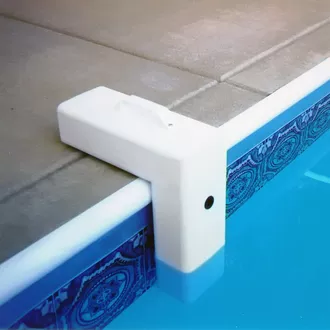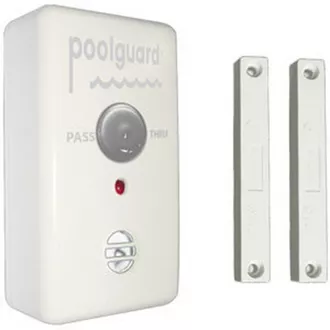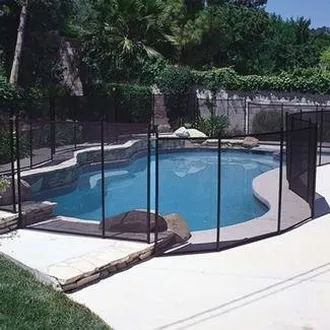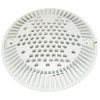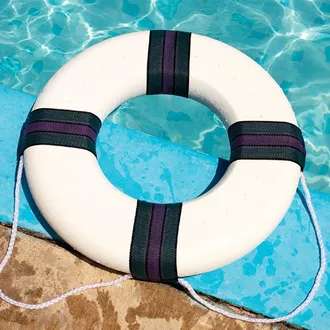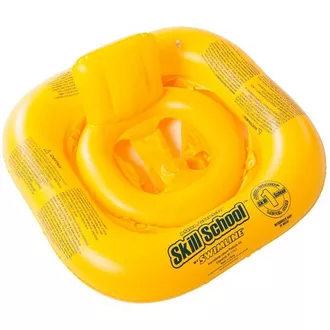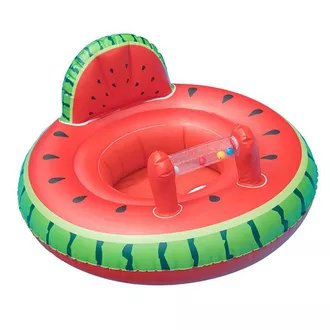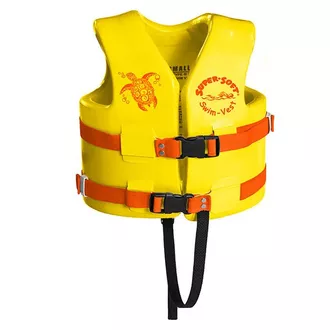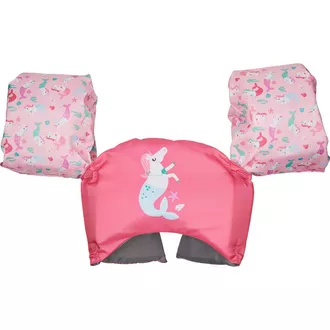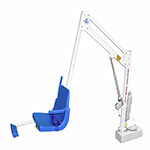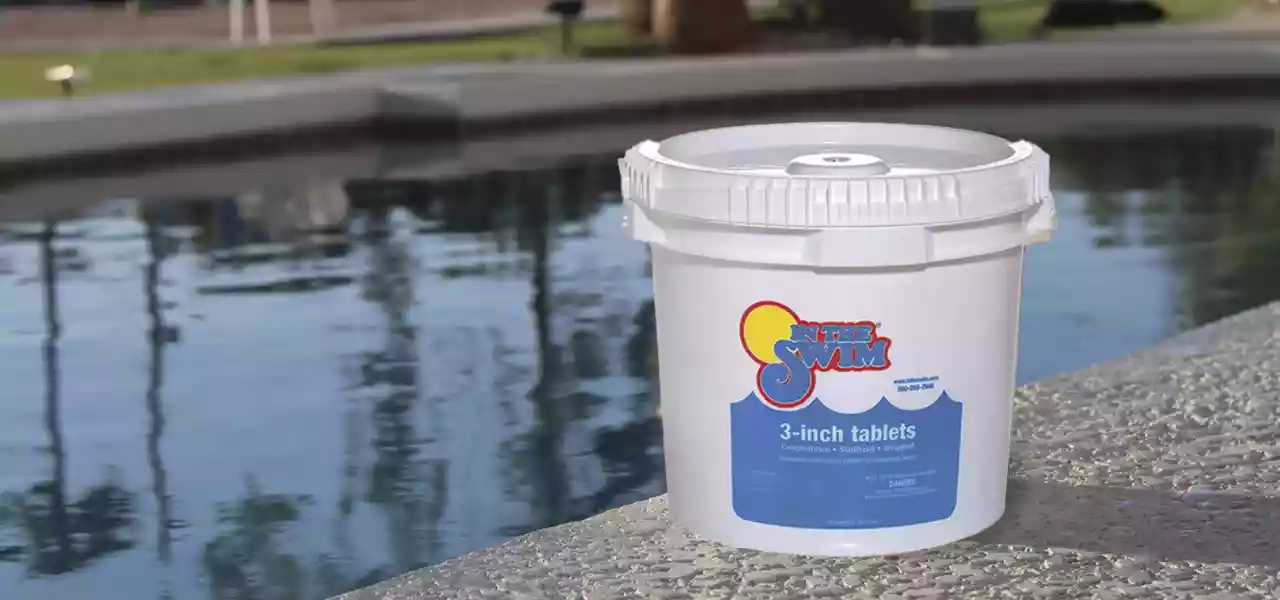
Aboveground pools – are they safer than inground pools?
That is a common statement made by an above ground pool salesman, that because of their height they are harder for small children to get into, and because of their depth, easier to stand up inside of. Most above ground pools do not have deep ends, and although pool depths are getting deeper now, with dealers offering up to 54″ depths, the standard may still be considered 48 inches.
According to the most recent drowning statistics from the CPSC, for children under age 15, nearly 60 percent of fatalities took place in inground pools, followed by aboveground pools (14 percent) and portable pools (9 percent). Many states have revised their definitions of pools, to include the smaller, soft sided pools, of depths greater than 24 inches. These revisions were due to a sharp increase in the incidences occurring in very small inflatable pools. It is true that a small child can drown in 6 inches of water, as many bathtub tragedies attest to.
The low cost of Intex type pools have made them very popular, but small pools such as this are easily accessed by small children, with un-lockable ladders, nearby chairs, and a soft, easy to roll into side. Children less than 3 feet tall are at great risk in the vicinity of soft sided pools.
Here’s some tips for keeping your above ground pool safer:
- Install surround above ground pool fencing, required in many states.
- Ladders should be safety type ladders, with a locking gate or ladder.
- Decks from the house should have self-closing, self-latching gates.
- Doors leading to pool decks should use door alarms.
- Pool alarms make a good final Layer of Protection.
- Teach your babies to swim, and teach them pool safety, too.
Just because a pool is smaller, don’t think it’s safer.
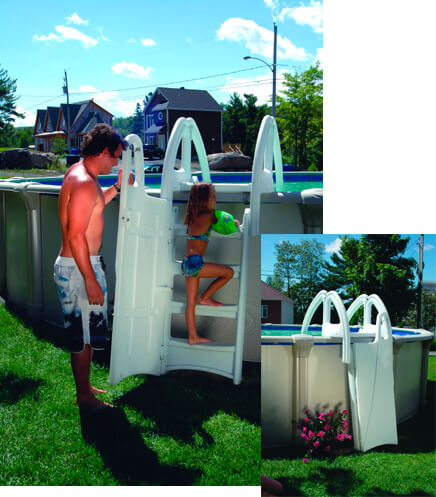
Many baby humans are much smaller than the depth of many above ground pools. They also tire easily and may not have learned how to swim, or survive in water. When non swimmers are in panic, they forget that they can push off the bottom, and very small children don’t understand this.
- Even very small inflatable pools of 18″ depth, can be dangerous in the backyard with unsupervised toddlers. Better to drain the water after each use for inflatable pool safety.
- If your pool is deeper than 24″ check with your local health department to find out if a fence or pool alarm has been mandated.
- During winter, safety is also important. Above ground pool covers have claimed many young lives. When one falls on a floating solid pool cover, the material grabs around your legs, with the weight of the water inside the pool. The trapped person begins to thrash about on the cover, and with rain water on top, or if the cover comes loose on an edge, the rushing water can easily overcome a young non swimmer.
Portable pools – those with the inflatable top ring, as shown to the left, or smaller, inflatable pools, have caught the attention of legislators recently. Previously outside of regulations for pool safety, New York and Tennessee, for example, have drafted new laws to require fencing and/or pool alarms to be used when these pools are filled.
Portable pools are quick and easy to purchase and set up – so quick in fact, that little thought is given to their safety. Here’s some tips to increase pool safety for portable pools.
- Check with your local Building & Zoning commission to inquire about laws related to portable or soft-sided pools.
- The ladder shown in this picture is extremely unsafe. Use pool ladders that have a locking stair or flip-up type of ladder.
- Keep all chairs, tables or any item far away from the pool. Small children may use these to climb up and over the pool side.
- Cover your portable pool when not in use, or drain the pool for extended periods of non-use.
- Lock doors leading out to the pool, for extra safety, add door alarms to all points of egress.
- Teach small children to never use the pool alone, and if you catch them near the pool alone – use some discipline.
Because of the low height of portable pools, the ease of access, and an attitude that it’s a safer pool, nearly 10% of child drownings in the US during 2010 occurred in “Easy-Set” style Intex pools. If you are considering one of these pool types, or if you already own one, make sure to follow the guidelines above, to prevent another tragedy from occurring in your own backyard.
Even if you don’t have small children of your own, proper pool safety practices can keep children of friends and neighbors safe.

